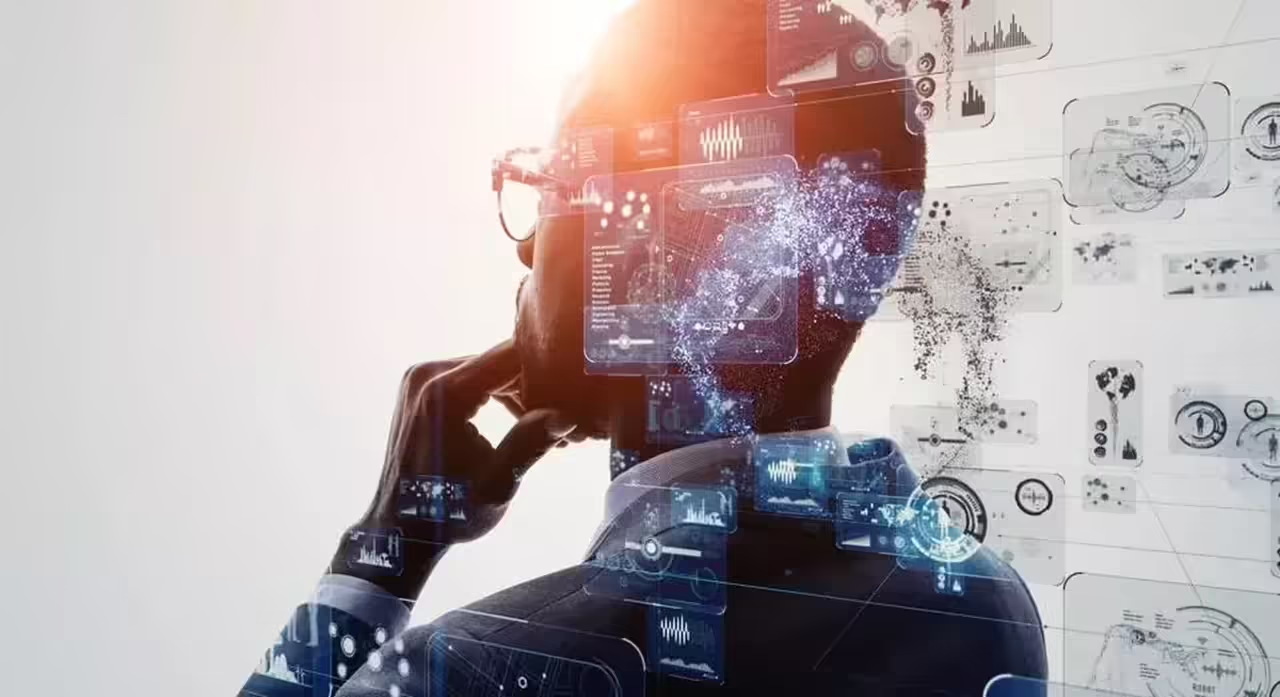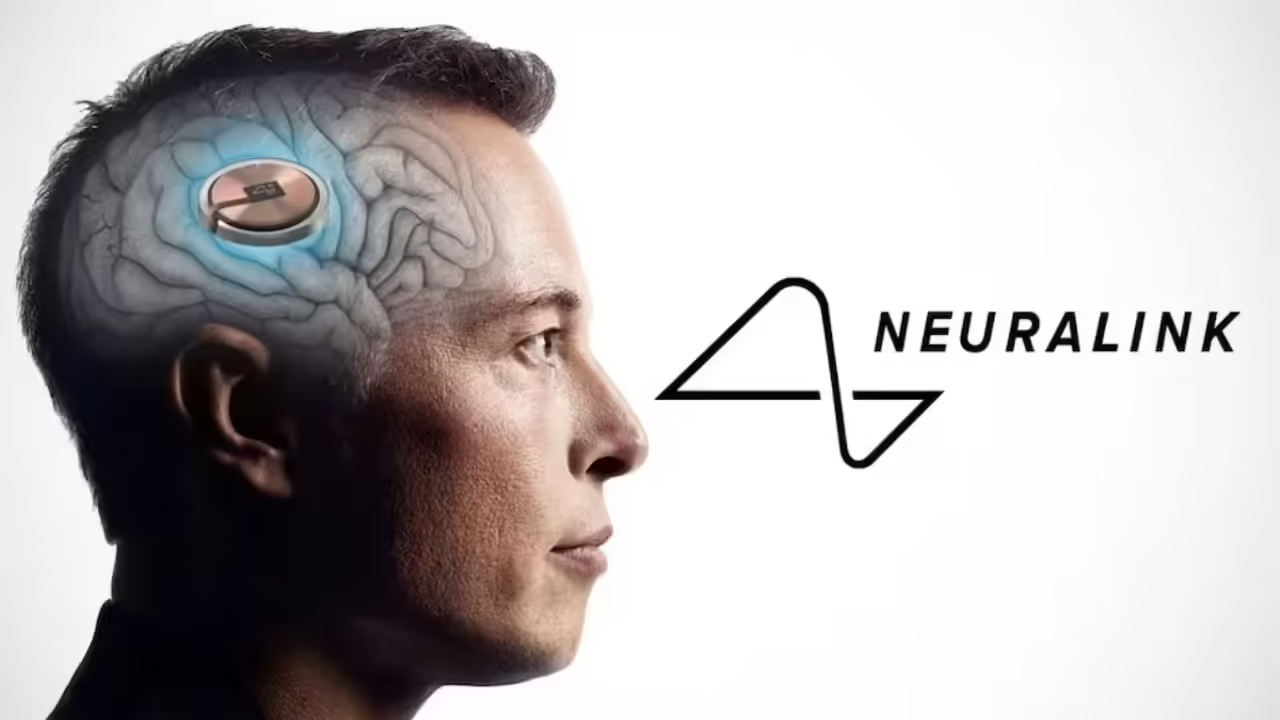
Massive Data Processing in Seconds: AI Revolution
Massive data processing, also known as big data, refers to the ability to analyze, manage, and extract valuable information from large volumes of data in short periods. With the rise of Artificial Intelligence (AI), this task, once arduous and slow for humans, has transformed into a swift and efficient process.
The Nature of Big Data
Big data is characterized by the three V’s: Volume, Velocity, and Variety. The amount of data generated by human and machine activities grows exponentially. Approximately 2.5 quintillion bytes of data are created daily from multiple sources such as social media, financial transactions, IoT sensors, and more. The speed at which this data is generated and needs to be processed is equally impressive. Additionally, data can be structured (like traditional databases), unstructured (such as emails or social media posts), or semi-structured (like XML or JSON).
The Role of Artificial Intelligence
AI, especially through machine learning and deep learning techniques, has revolutionized the handling of big data. These techniques allow machines to learn from data, identify patterns, and make predictions with a precision and speed far exceeding human capabilities.
Machine Learning and Predictive Algorithms
Machine learning algorithms can be trained on large datasets to find hidden correlations and patterns. For example, in the financial industry, machine learning algorithms can analyze transactions in real-time to detect fraud. This is done in seconds, something that would take hours or even days manually.
Deep Learning and Neural Networks
Deep neural networks, which mimic the functioning of the human brain, can process unstructured data like images, text, and audio. For example, in healthcare, neural networks can analyze thousands of medical images to detect anomalies with a precision and speed that match or surpass human radiologists.
Natural Language Processing (NLP)
This branch of AI allows machines to understand and generate human language. Through NLP, large volumes of text can be analyzed to extract relevant information, detect sentiment, or summarize documents. Companies like Google and Microsoft use NLP to improve their search engines and virtual assistants, analyzing and responding to thousands of queries in fractions of a second.
Advantages of Massive Data Processing with AI Speed and Efficiency
The ability to process terabytes of data in seconds allows companies and organizations to make informed decisions almost in real-time. This is crucial in sectors like e-commerce, where market trends change rapidly.
Accuracy and Error Reduction
AI algorithms can detect patterns and anomalies with superior accuracy compared to humans, thereby reducing the possibility of errors. In the manufacturing industry, for instance, this translates into improved product quality and reduced costs associated with defects.
Scalability: AI-based solutions are highly scalable, allowing organizations to handle increasing volumes of data without a degradation in performance. This is essential in the digital age, where the amount of data continues to grow exponentially.
Impact on Industries Healthcare: AI has improved the diagnosis and treatment of diseases by analyzing large volumes of medical data, including images, clinical histories, and lab results.
Finance: Financial institutions use AI to analyze spending patterns, predict market trends, and detect fraud with unparalleled speed and accuracy.
Retail: Consumer data analysis allows companies to personalize offers, efficiently manage inventories, and improve customer experience.
Marketing: Marketing strategies benefit from real-time analysis of customer interactions, enabling more effective and targeted campaigns.
Challenges and Ethical Considerations
Despite its benefits, massive data processing with AI poses significant challenges such as data privacy, algorithm bias, and security. It is crucial to develop and implement robust policies that ensure the ethical and responsible use of data and AI.
Recognition of Patterns Invisible to the Human Eye: The AI Revolution
Recognizing patterns invisible to the human eye is one of the most remarkable capabilities of Artificial Intelligence (AI). Using advanced algorithms, AI can analyze large volumes of data and detect relationships, trends, and anomalies that are imperceptible to humans. This article explores examples of how AI detects complex patterns in various fields and the benefits this brings.
Examples of Pattern Recognition with AI Medicine and Diagnosis Early Cancer Detection
Convolutional neural networks (CNN) are used to analyze medical images, such as mammograms and CT scans. These AIs can detect early signs of cancer that are too subtle for human radiologists to see. A study showed that Google Health’s AI detected breast cancer with greater accuracy than expert radiologists.
Prediction of Chronic Diseases
Machine learning algorithms can analyze medical histories and genetic data to foresee the onset of chronic diseases like diabetes and heart disease. These models identify complex patterns in biomedical data that physicians might overlook.
Finance and Commerce Fraud Detection
AI systems in the financial sector analyze transactions in real-time to identify suspicious behaviors. Machine learning algorithms detect fraud patterns too complex to be identified manually, such as unusual transactions that match known fraudulent activities.
Market Sentiment Analysis
Natural language processing (NLP) tools analyze vast volumes of text from news, social media, and financial reports to detect changes in market sentiment. These sentiment patterns can predict market movements before they are reflected in stock prices.
Natural Sciences and Environment Ecosystem Monitoring
AI systems analyze data from environmental sensors and satellites to monitor ecosystem health. For example, they can detect deforestation patterns or biodiversity changes that are not evident at first glance, helping make informed conservation decisions.
Prediction of Natural Phenomena
AI models can predict natural phenomena like earthquakes and hurricanes by analyzing large volumes of geological and meteorological data. They detect subtle patterns preceding these events, providing early warnings and potentially saving lives.
Manufacturing and Predictive Maintenance Defect Detection
In manufacturing, AI is used to inspect products and detect minuscule defects that human inspectors might miss. Vision systems analyze high-resolution images to find imperfections in products that are invisible to the human eye.
Predictive Maintenance
Machine learning algorithms analyze sensor data installed in machinery to predict failures before they occur. These wear and failure patterns are detected accurately, allowing proactive maintenance and reducing downtime.
Security and Surveillance Facial and Behavioral Recognition
AI-based surveillance systems analyze videos in real-time to identify suspicious behaviors and faces of people on watch lists. They detect movement and behavior patterns indicating potential threats, enhancing security in public spaces.
Digital Forensic Analysis
AI analyzes large volumes of digital data, such as emails, call records, and text files, to find patterns of criminal activity. These systems can identify relationships and behaviors that human investigators cannot see.
Benefits of Pattern Recognition with AI Accuracy and Reliability
AI can analyze data with a precision and consistency that surpass human capabilities, reducing errors and increasing the reliability of data-driven decisions.
Speed of Analysis
AI’s ability to process large volumes of data in real-time allows for quick decisions based on up-to-date information, crucial in sectors like healthcare and finance.
Discovery of New Connections
AI can discover relationships and patterns not evident to humans, leading to new scientific discoveries and technological advancements.
Increased Productivity
By automating complex data analysis tasks, AI frees humans to focus on creative and strategic tasks, increasing productivity in various industries.
Efficient Automation of Repetitive Tasks: AI in Action
The automation of repetitive tasks is one of the areas where Artificial Intelligence (AI) has proven especially useful. These tasks, often tedious and monotonous for humans, can be performed by AI systems with much greater speed, accuracy, and consistency. This article details how AI performs these tasks efficiently, freeing humans to focus on more creative and strategic activities.
Advantages of Automation with AI Speed and Efficiency
AI systems can process large volumes of data and perform repetitive tasks at speeds unmatched by humans, significantly boosting productivity.
Accuracy and Consistency
Unlike humans, who can make errors due to fatigue or distraction, AI executes repetitive tasks with impeccable accuracy and consistency, reducing errors and improving work quality.
Scalability
AI systems can handle increasing workloads without the need for a proportional expansion of human resources, essential for companies aiming for rapid growth.
Cost Reduction
Automating repetitive tasks can reduce operational costs by decreasing the need for labor in these areas, allowing companies to reinvest in strategic areas.
Examples of Repetitive Tasks Automated by AI Data Processing and Administration Data Entry
AI systems can automate data entry from forms and scanned documents using optical character recognition (OCR) techniques, common in sectors like accounting and public administration.
Record Updating
AIs can automatically maintain updated databases, entering new information and removing redundant or erroneous data, crucial in customer relationship management (CRM) and inventory management.
Customer Service Chatbots and Virtual Assistants
AI-based chatbots can handle customer queries in real-time, providing quick and accurate responses to frequently asked questions, improving customer satisfaction and reducing the workload of support staff.
Support Ticket Processing
AI systems can classify and prioritize support tickets, assigning them to the appropriate departments and suggesting solutions based on previously resolved issues.
Marketing and Sales Automated Email Marketing
AI-driven email marketing platforms can segment audiences, personalize messages, and send campaigns automatically, optimizing reach and effectiveness.
Lead Generation
AI systems can analyze large volumes of user data to detect patterns indicating potential leads, facilitating the work of the sales team.
Production and Manufacturing Quality Inspection
Cameras and sensors equipped with AI can inspect products on the production line, detecting defects and anomalies with greater precision than human inspectors.
Inventory Management
AI systems can predict product demand and automatically manage inventory levels, preventing both overstock and stockouts.
Financial Sector Transaction Processing
AI can automate the processing of banking transactions, detecting and handling errors or fraud in real-time, crucial for the security and efficiency of the financial system.
Risk Analysis
AI algorithms can assess financial risks by analyzing large volumes of historical and current data, providing detailed and accurate reports that aid in strategic decision-making.
Human Resources Candidate Filtering
AI systems can analyze resumes and cover letters, automatically selecting candidates who best meet the requirements of a specific position.
Interview Scheduling
AI tools can coordinate schedules and organize interviews, eliminating the need for human intervention in scheduling and ensuring a smooth process.
Tools and Technologies Used Robotic Process Automation (RPA)
RPA uses software bots to automate repetitive and rule-based tasks like data entry and report generation. Companies like UiPath and Automation Anywhere lead in this area.
Machine Learning
Machine learning algorithms enable AI systems to learn and improve over time, making them ideal for tasks requiring adaptability and precision, such as fraud detection and predictive analysis.
Natural Language Processing (NLP)
NLP allows AIs to understand and generate human language, crucial for applications like chatbots and text analysis. Tools like OpenAI’s GPT-4 are notable examples in this field.
Computer Vision
Computer vision uses cameras and AI algorithms to analyze images and videos, applied in quality inspection and security. Companies like NVIDIA develop advanced technologies in this area.







